Copyright Law and the Wall Street Journal: A Comprehensive Analysis
VerifiedAdded on 2022/08/17
|15
|1078
|14
Report
AI Summary
This report provides a comprehensive overview of copyright law, exploring its fundamental principles and practical applications. It begins by defining copyright and outlining the types of works protected, including literary, musical, dramatic, and audiovisual works, as well as compilations and architectural works. The report then details the copyright registration procedure and discusses the transfer and licensing of copyrights, including assignments and exclusive/non-exclusive licenses. It explains copyright infringement and the legal recourse available to copyright owners. The report then analyzes the Wall Street Journal's use of copyrighted materials, focusing on the concept of fair use and its applicability to news reporting, commentary, and criticism. It references key legal cases such as Kelly v. Arriba Soft Corporation and Lenz v. Universal Music Corp. to illustrate fair use principles. The report concludes by summarizing the key aspects of copyright law and its importance in protecting the rights of authors and artists.
1 out of 15
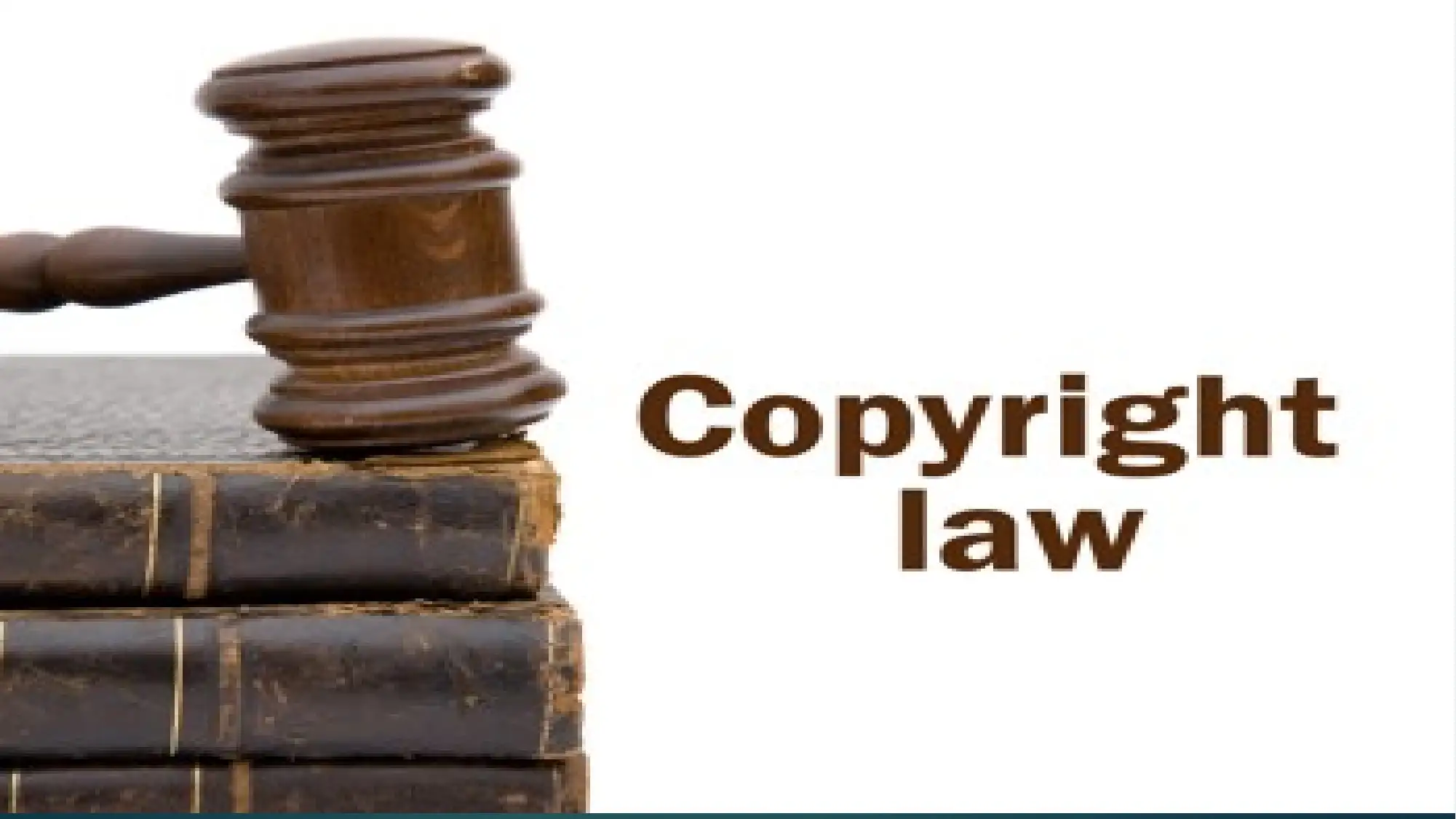
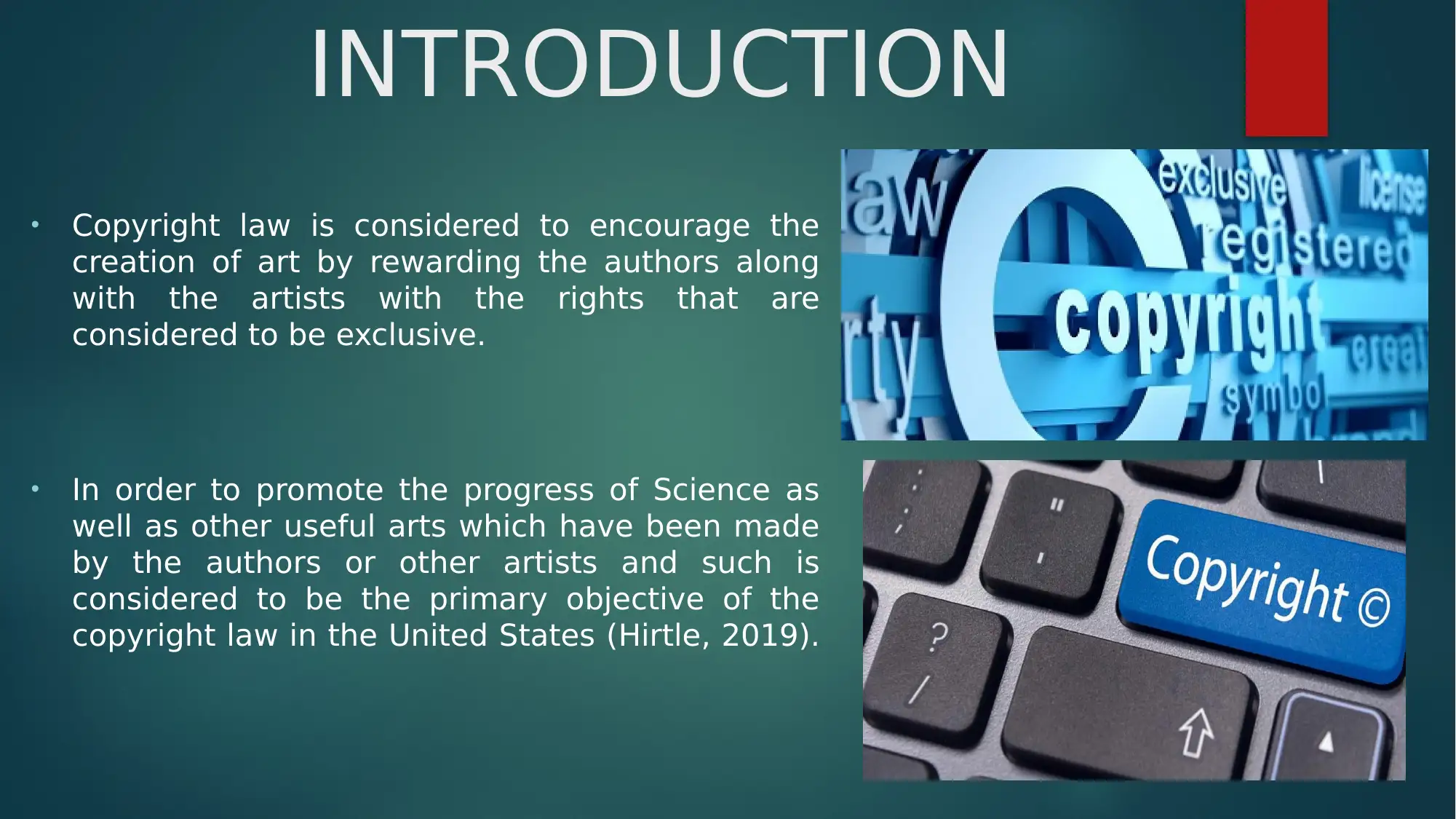
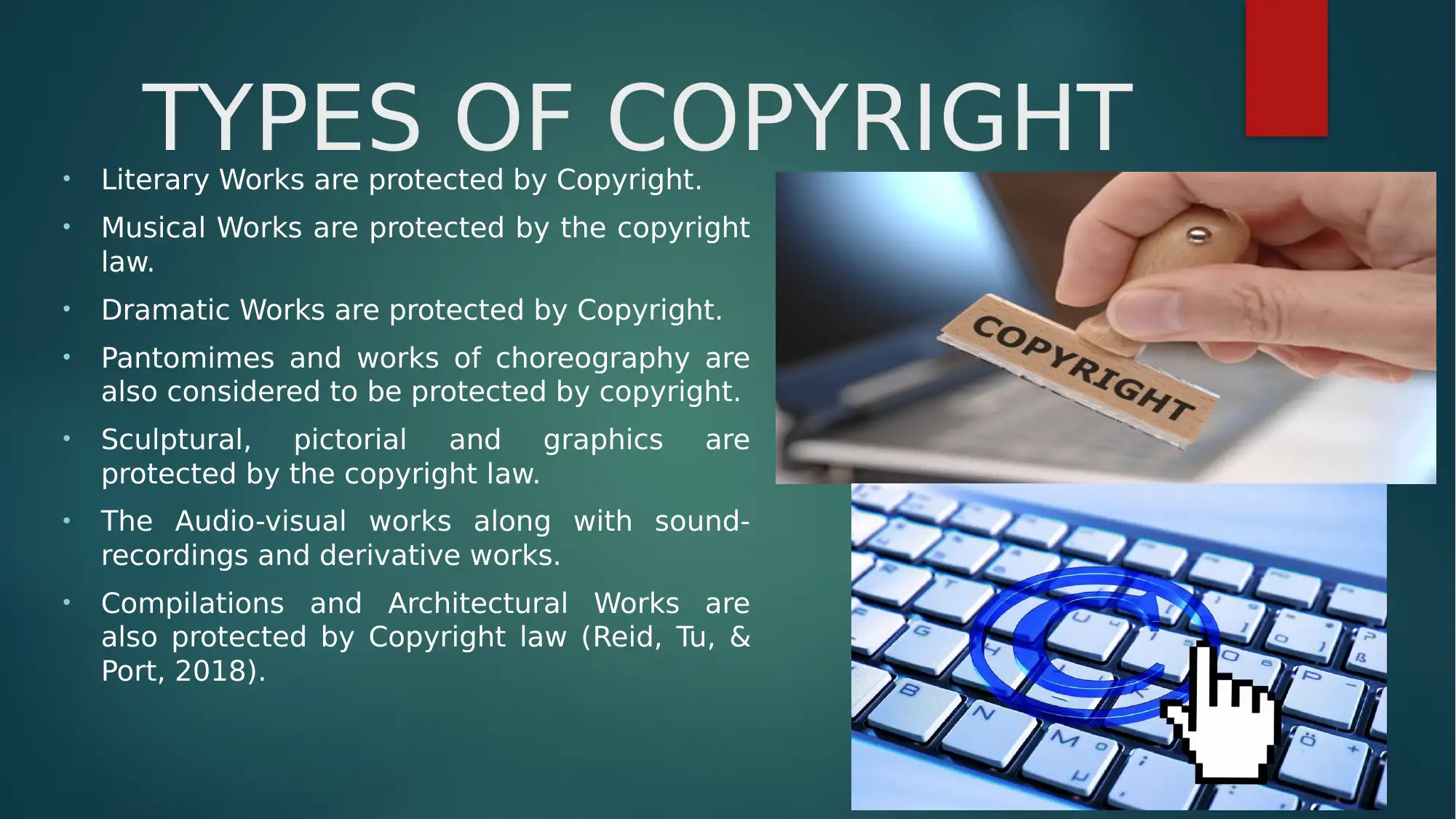

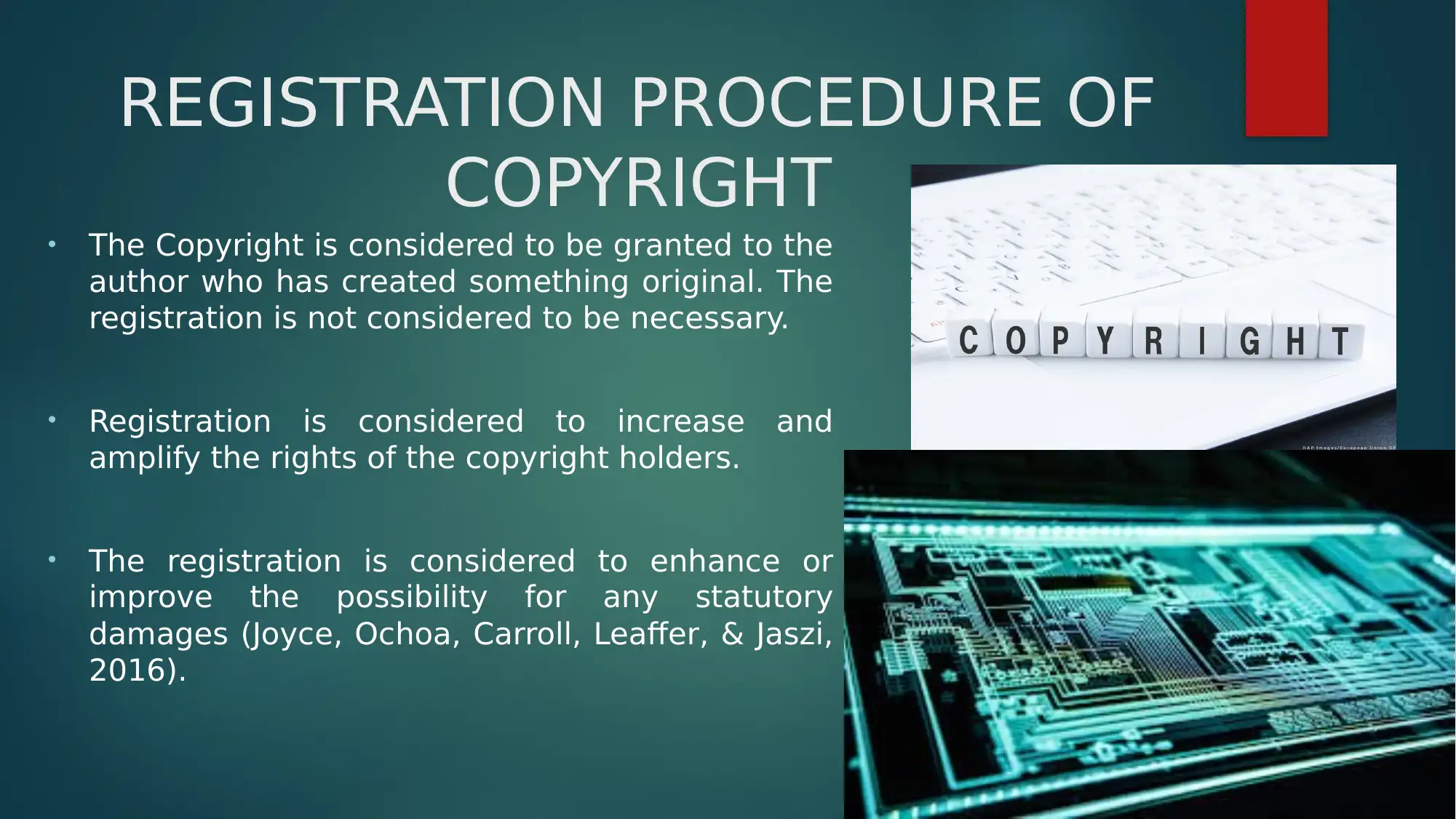
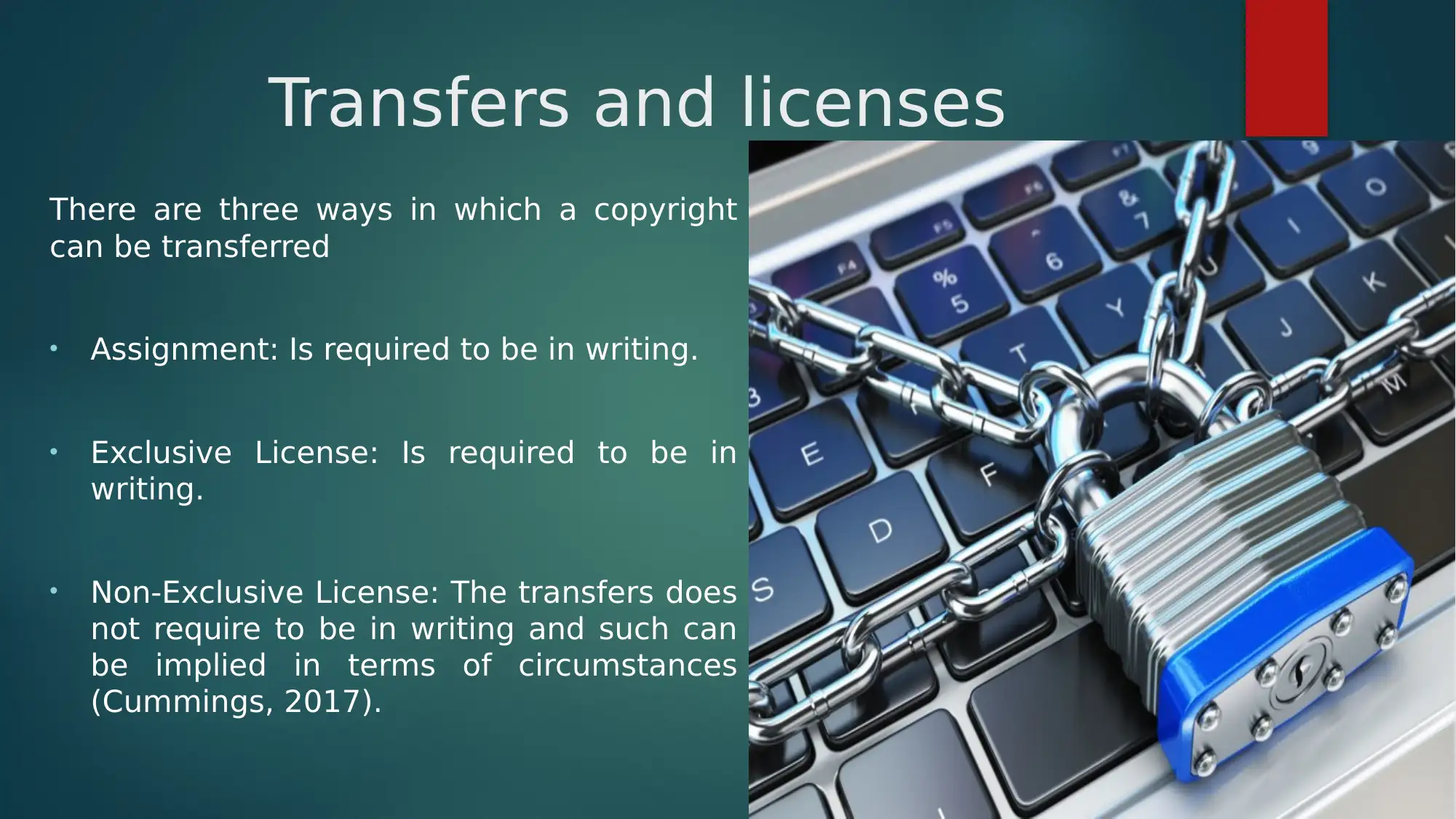
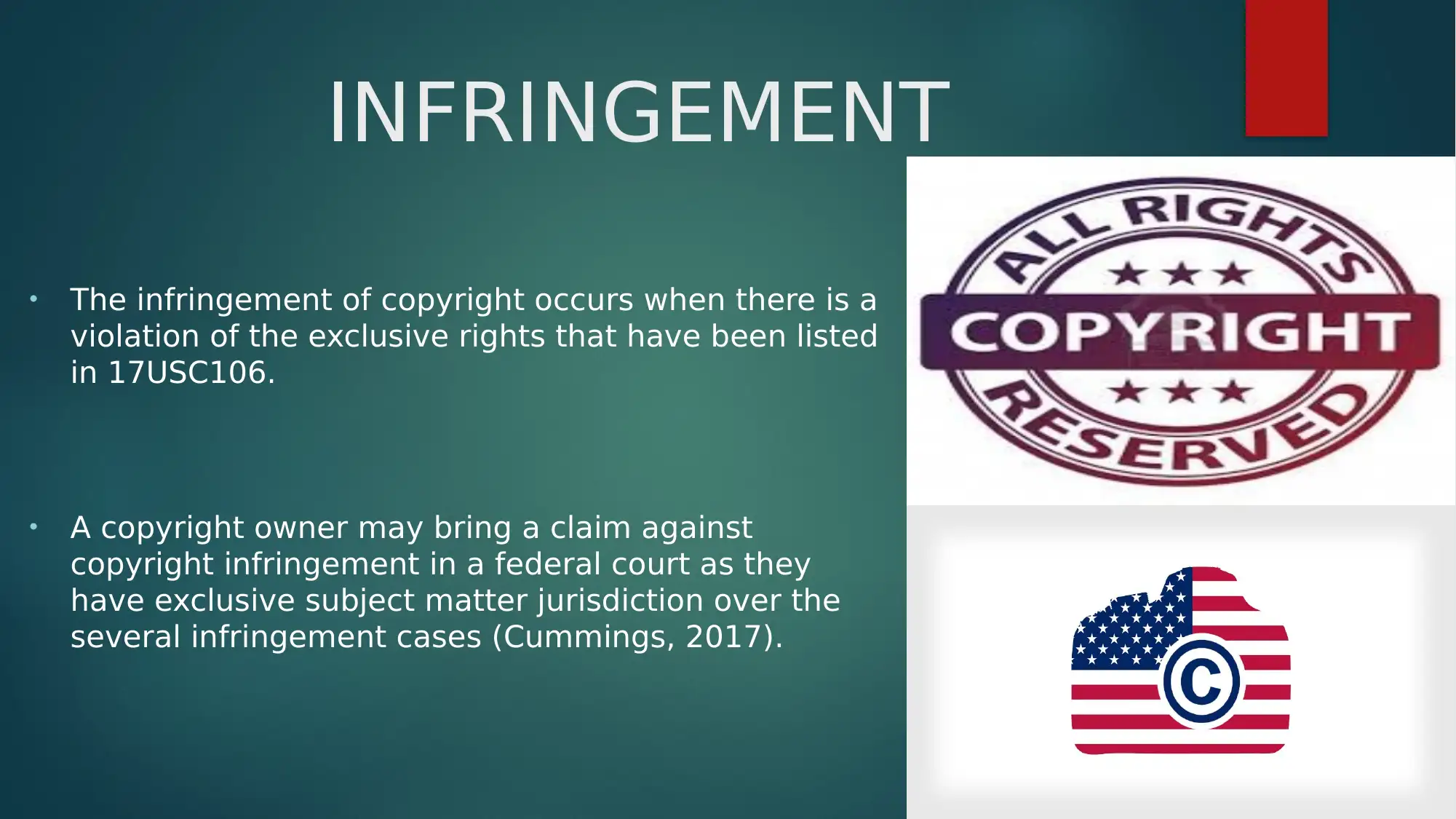
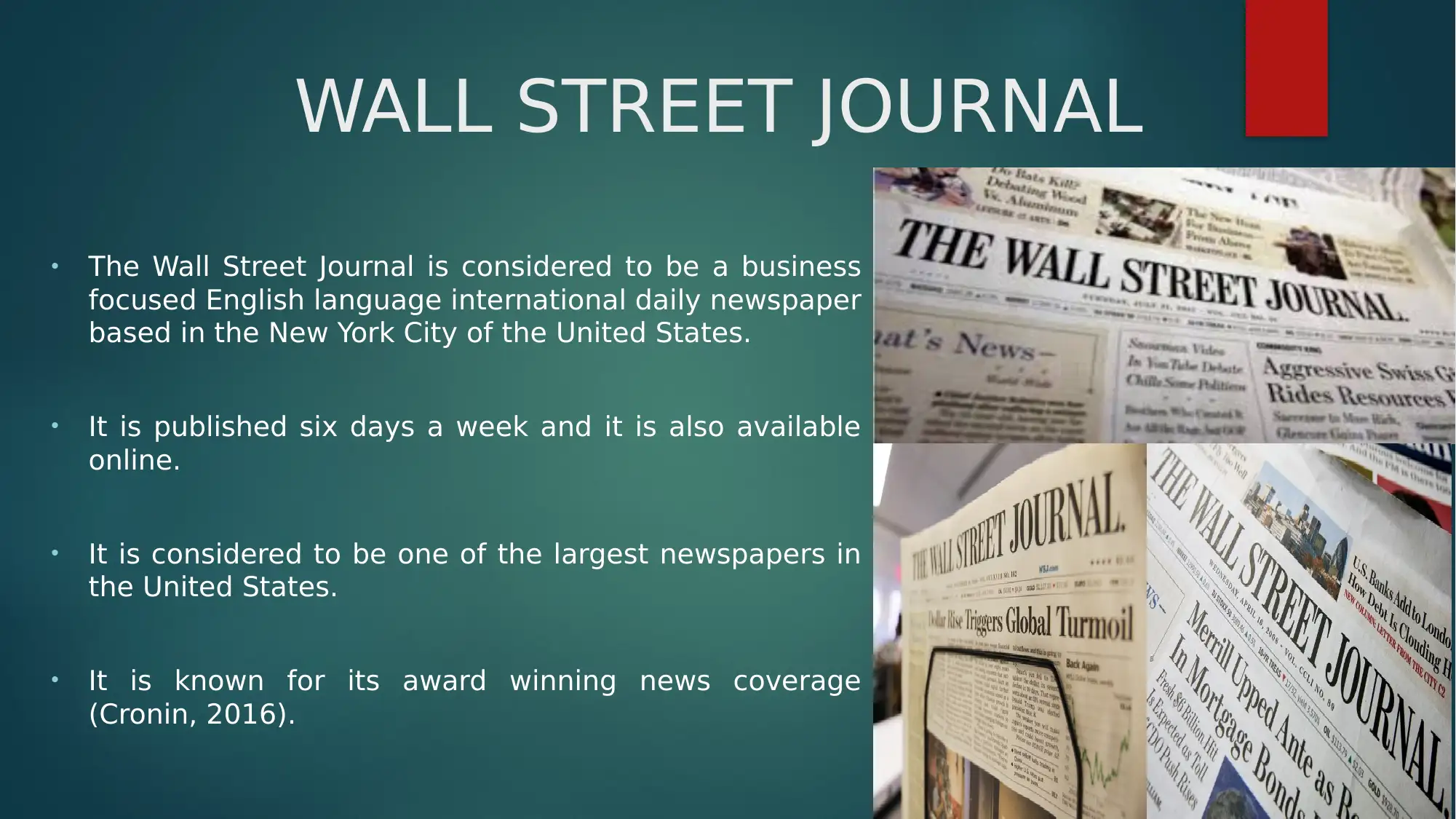
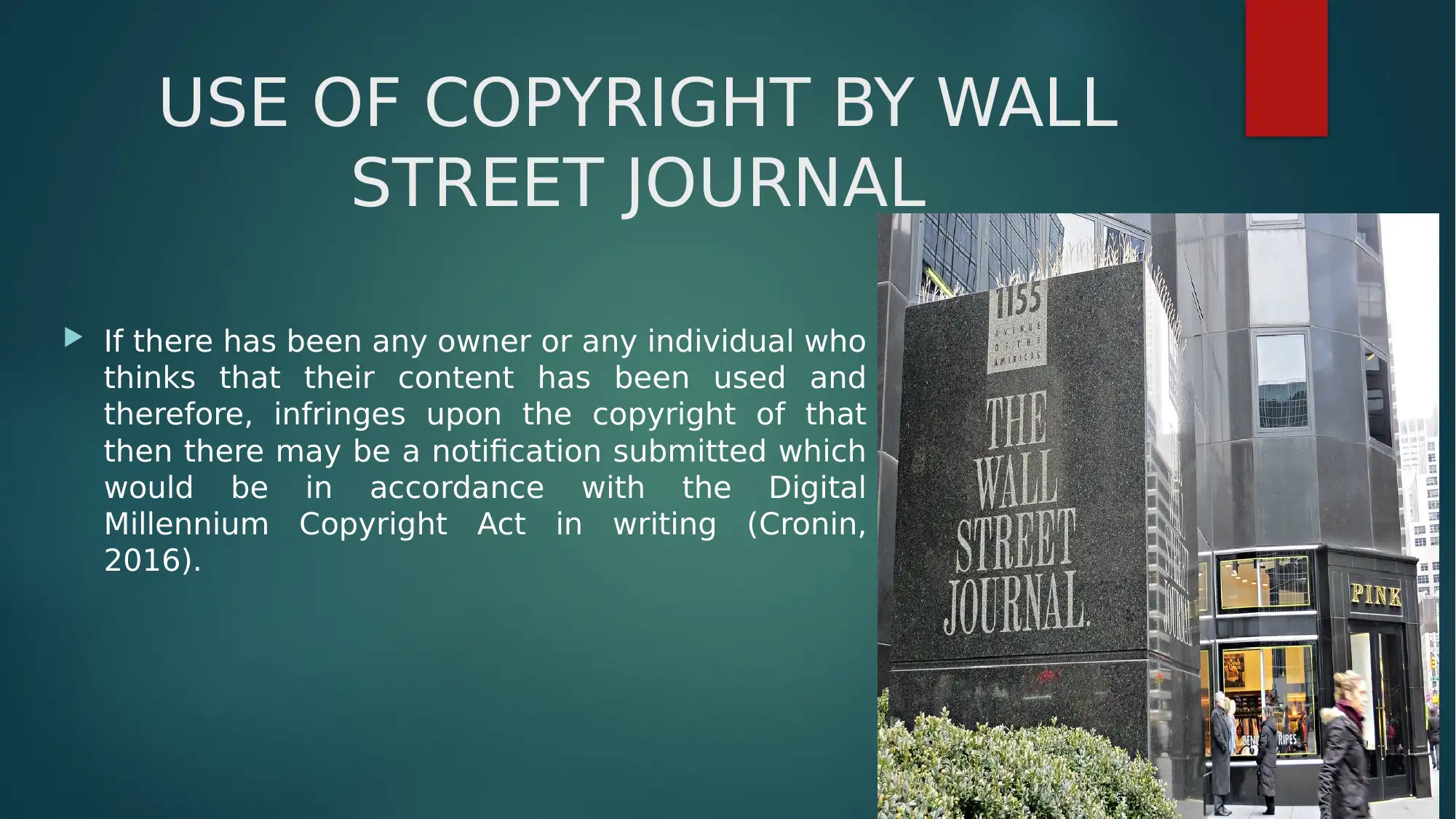
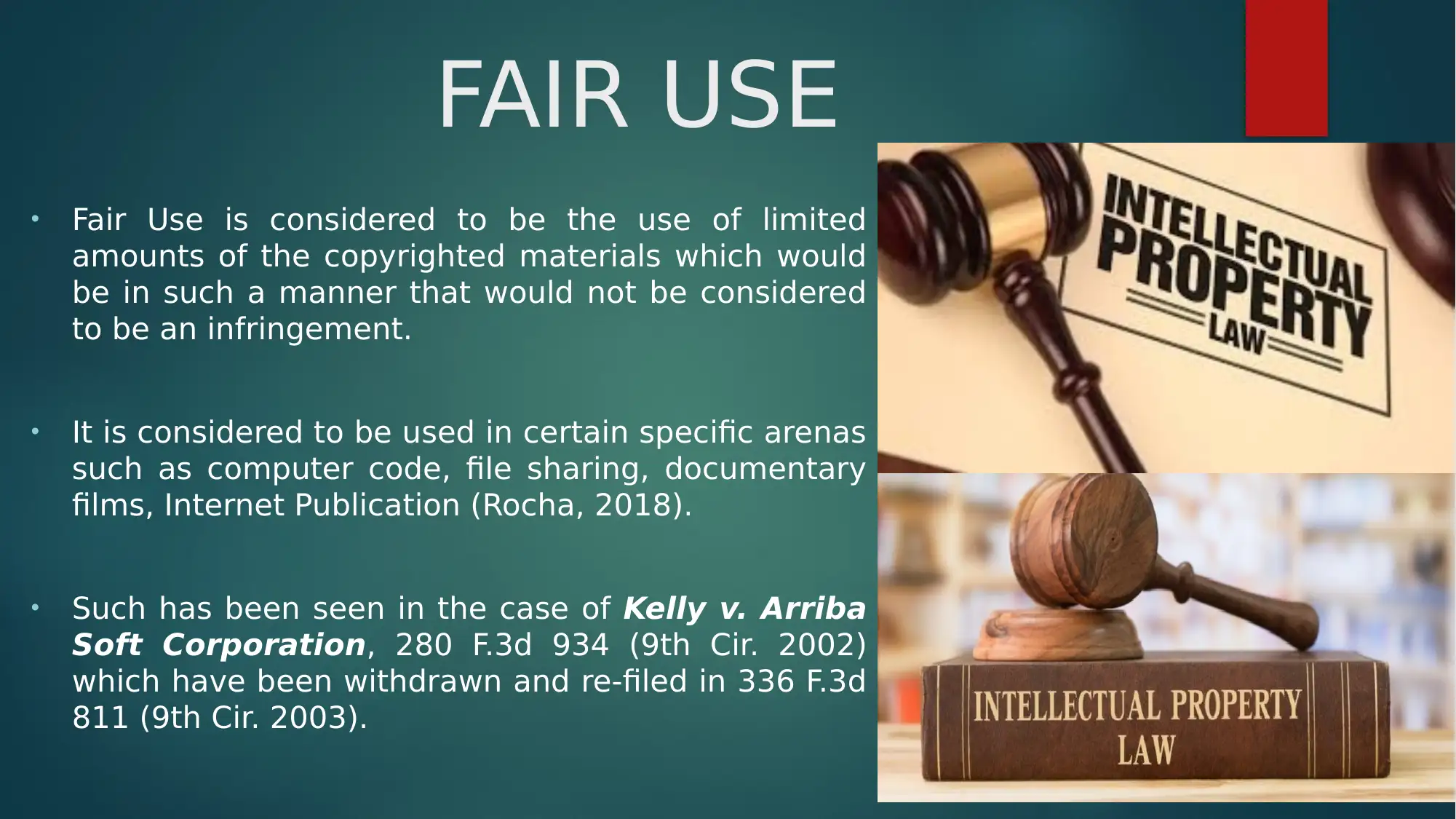

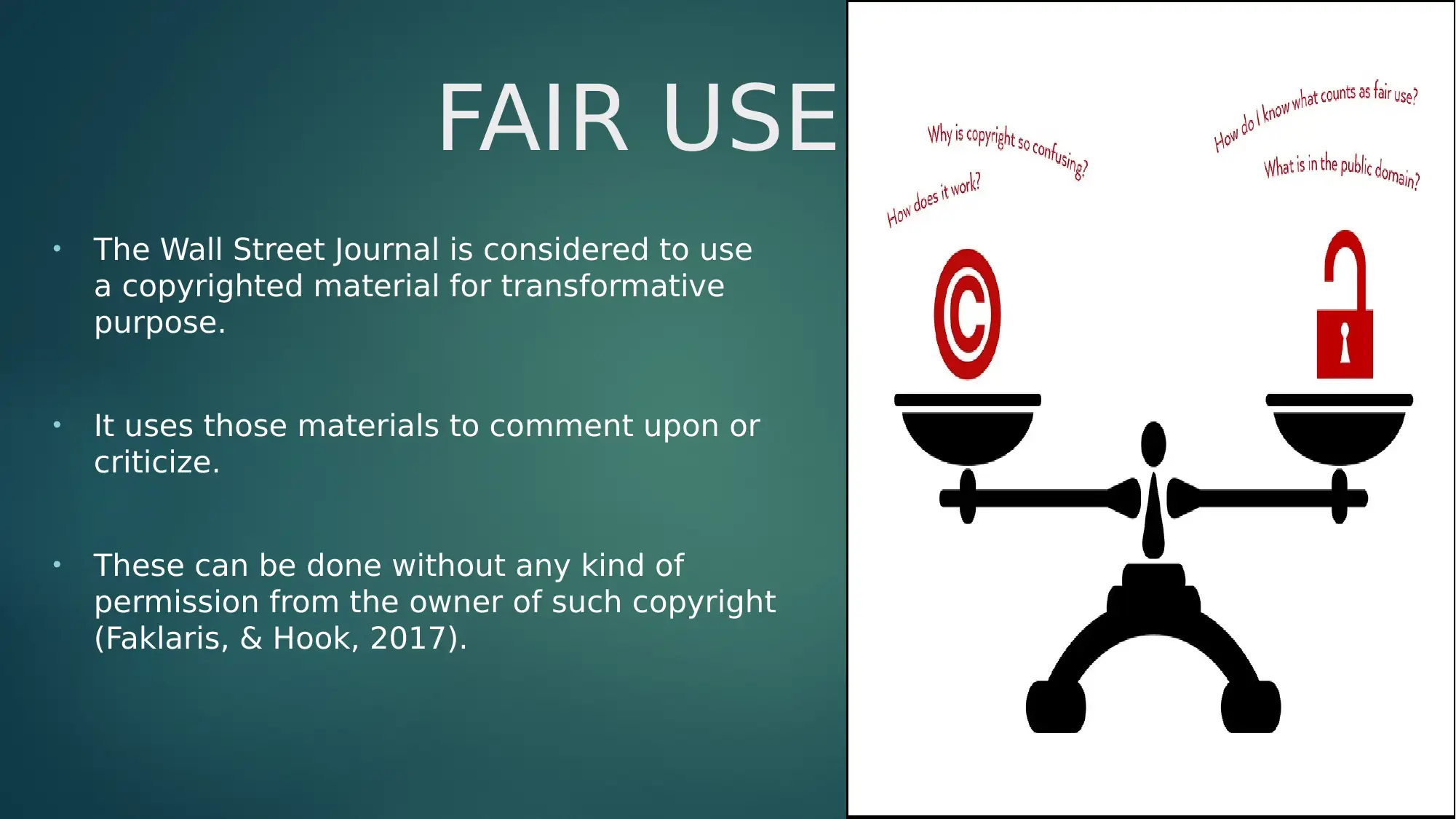
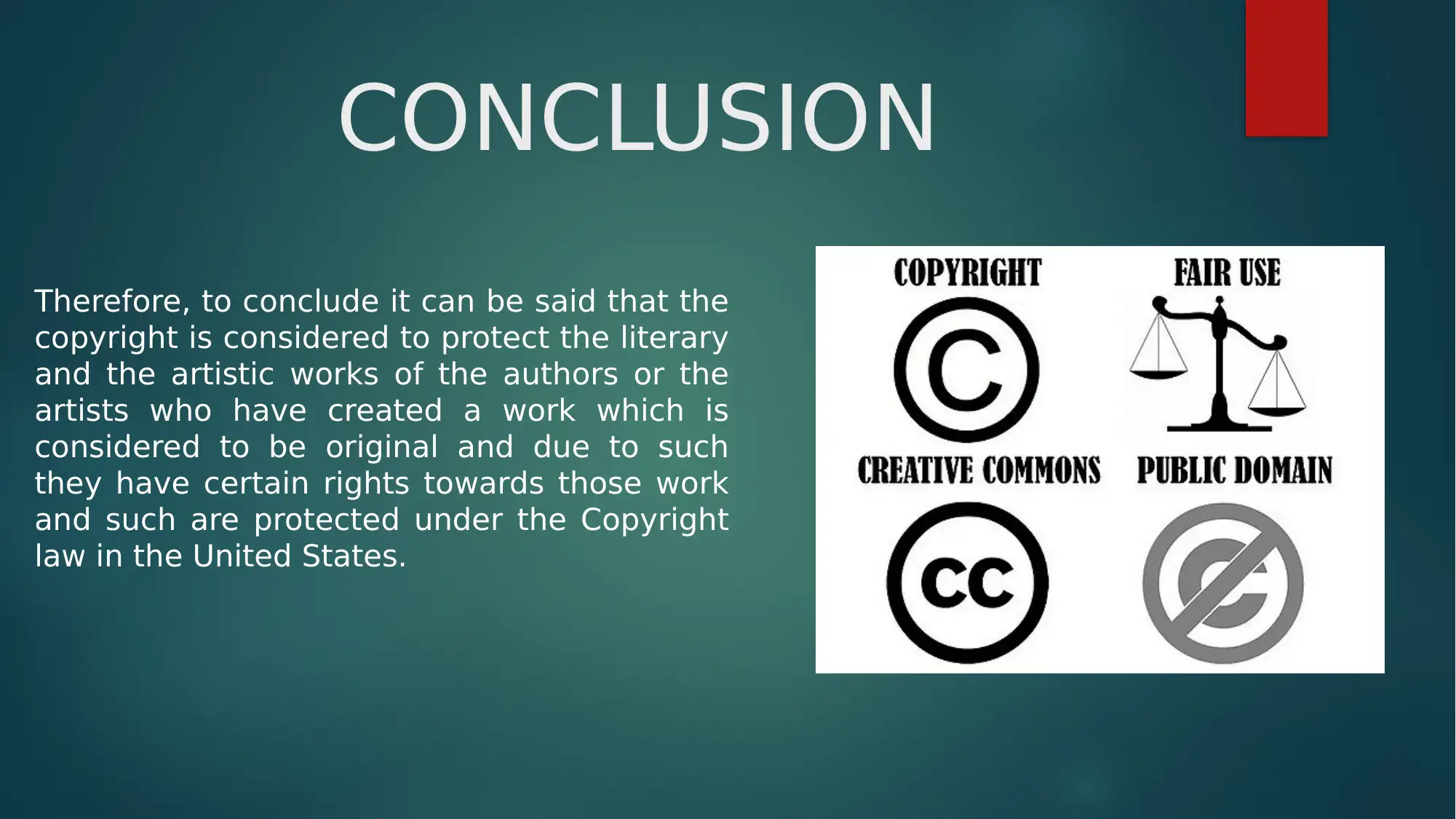






![[object Object]](/_next/static/media/star-bottom.7253800d.svg)